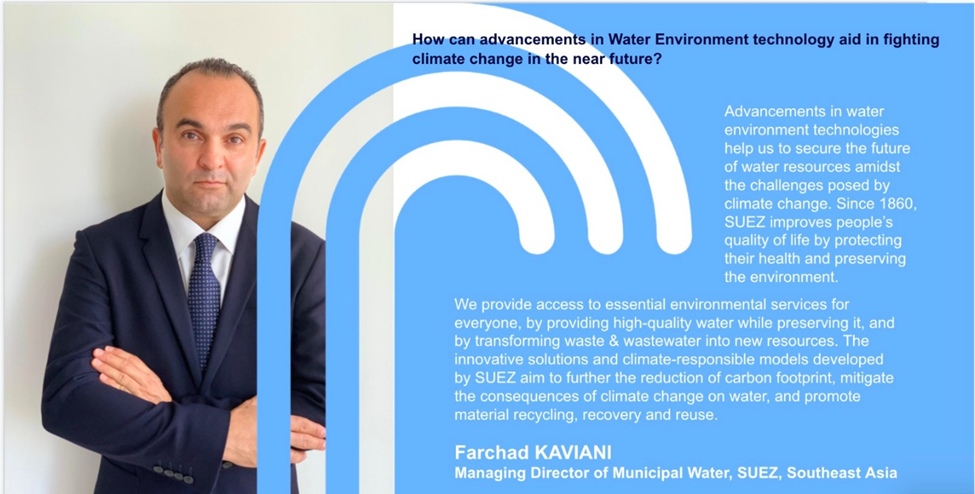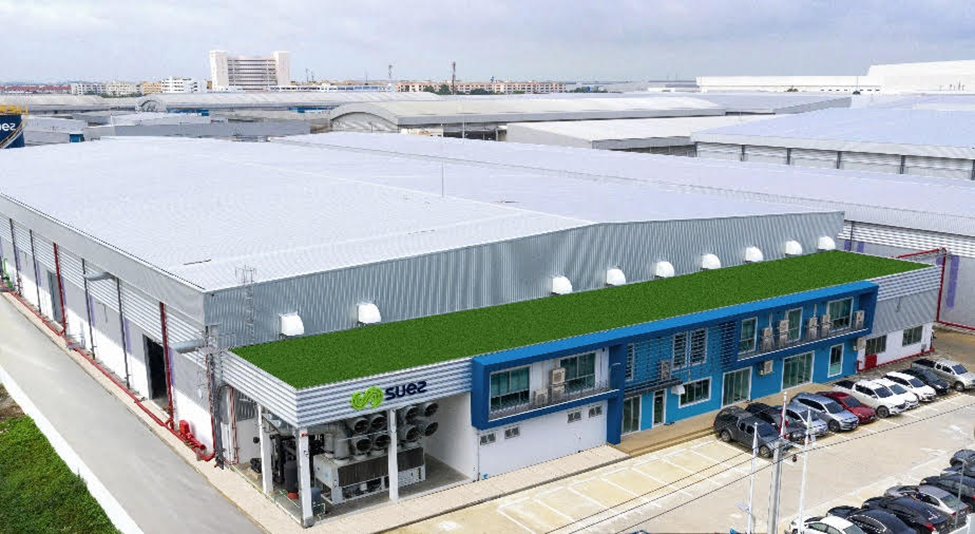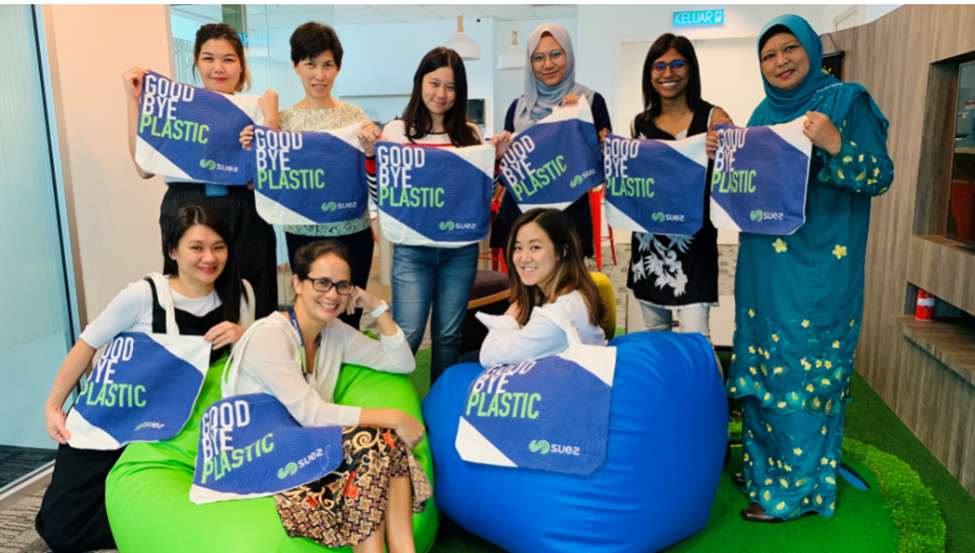For us, rain is a matter of whether we should bother packing an umbrella for the day. For policymakers, it is a closely monitored phenomenon, because urban water collection is one of the ways we replenish our water supply.
Singapore is highly vulnerable to climate change due to our lack of natural resources. As part of our water supply resilience plan, over two thirds of our land area is devoted to water catchment. Our painstakingly plotted network of rivers and drains channel rainwater to reservoirs for us to drink and use.
We are sensitive to dry spells that deplete our supply of water, but – evident in how we are increasingly caught off guard by flash floods that force commuters to stand on bus stop seats to avoid getting their shoes wet – we are also at risk of rising sea levels.
Living in a climate of unpredictable weather, how can we anticipate and manage our rainfall levels? Hydroinformatics Institute (H2i) hit upon an ingenious solution: CCTV cameras.
CCTV cameras peek from every street corner in Singapore. H2i data scientists reckoned that if they can be converted into a rainfall measuring device, then spatially distributed rainfall data at ground level could be within reach.
A preliminary research project revealed that a simple low-resolution CCTV camera could tell you whether it is raining heavily, lightly, or not raining at all across highly localised spots in Singapore.
H2i also found that a high-resolution camera can be trained to count raindrops, so that rainfall rates can be measured with great sensitivity – up to millimetres per hour.
H2i applies advanced computer modelling and big data analytics to environmental management systems. It has been involved in multiple major projects, both local and global, that build climate resilience and strive towards achieving net-zero water.
Net-zero water is a state where water consumption is balanced out by alternative water usage and water returned to the original freshwater source.
According to Singapore’s Green Plan, the Government aims for us to reduce water consumption to 130 litres per capita per day. It hopes to encourage water conservation by promoting water-efficient practices for households.
But behaviour change is only a small part of the plan. Fully closing the water loop also requires us to find ways to reuse waste water and make water potable. It is predicted that, by 2060, NEWater and the desalination of seawater will meet 85% of Singapore’s water demand.
This ambitious drive forward will be led by industry partners such as SUEZ, a leader in water management and wastewater recycling technology.
SUEZ, located here at Singapore Science Park, has similarly taken on the mission to help us move towards a net-zero future.

In Milan, SUEZ built the Milan San Rocco wastewater treatment and reuse plant, using recycled wastewater to irrigate up to 22,000 hectares of crop fields. This preserves existing natural water resources.
SUEZ also lessened California’s dependence on imported water by setting up the Edward C. Little wastewater recycling plant. Harnessing technologies such as reverse osmosis and ultraviolet wastewater treatment, SUEZ makes wastewater fit for reuse by refineries.

Even its plastic recycling plant in Thailand – named the Circular Polymer recycling plant – was built with a sustainable concept and is equipped with an advanced water treatment system that reuses 94% of its water consumption.
Irshaad Hakim, Senior VP of Southeast Asia & ANZ from SUEZ Water Technologies & Solutions, shares his perspectives about achieving net-zero water.
Q: How feasible is Singapore’s goal of achieving zero-emissions by 2050?
Singapore has been a forward thinker and leader in overcoming environmental challenges. Much like they were able to achieve water sustainability through water reuse, we are confident in their ability to tackle challenges around carbon emissions.
Despite COVID, we see Singapore continuing to escalate its efforts in climate actions and many institutions have committed to robust arrangements in rebuilding more sustainably in support of their Long-Term Low Emissions Development Strategy (LEDS).
Q: What are the actionable steps towards this goal that we can take as individuals, or as businesses?
Collaboration between the government, business and individuals will be essential as the city adapts its processes to minimize waste, and reuse, reduce and recycle its resources.
At SUEZ, we are continually deploying, developing and innovating new technologies to meet water quality needs and increase the level of treatment, while increasing their energy efficiency, capturing valuable resources from the process, and reducing footprint.
Our goal is to solve our customers’ toughest water, wastewater and process challenges, and we are constantly and consistently working with them to achieve their environment compliance and energy saving goals.
Q: How has SUEZ contributed to the building of a more sustainable society?
80% of maritime pollution is of land-based origin and 90% is caused by plastics. Plastic waste, when not collected, sorted and recovered on land eventually reaches the seas and oceans via rivers.SUEZ fights against ocean pollution with our expertise in water and plastic waste treatment to develop solutions to reduce pollution that originates on land.
SUEZ launched the suez4ocean initiative in June 2017. Part of this includes plastic waste collections on coastlines and in catchment areas.

In SUEZ’s offices across Asia, we promote the concept of green living among staff members by motivating them to avoid plastic bags.
In Hong Kong, SUEZ organized a “Goodbye Plastic Waste” Primary School Drawing Competition to draw attention to this imminent plastic crisis. In Taiwan, they have also collaborated with a local primary school to make Christmas trees out of used plastic bottles to encourage the reuse of plastic.
To date, 48+ collections have been organised worldwide, 1,650+ ocean guardians have been mobilised and 15.5 tonnes+ of waste have been collected.
SUEZ, together with its subsidiary, Macao Water, also signed a framework agreement with the University of Macau in 2020, to develop a robust research partnership platform that will combine the three parties’ resources and strengths in scientific research and marine ecosystem protection.
We aspire to use innovative research on near-shore marine ecosystems and water treatment technology to protect the ocean and biodiversity.
Follow us on Facebook @SingaporeSciencePark and Instagram @yourWorkplaceCommunity, or even subscribe to our newsletter - your Workplace Community to receive latest updates on our tenant engagement activities.